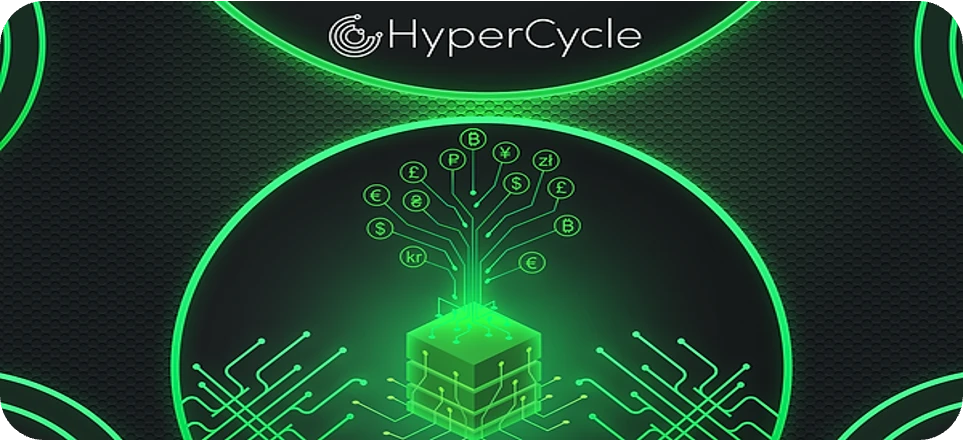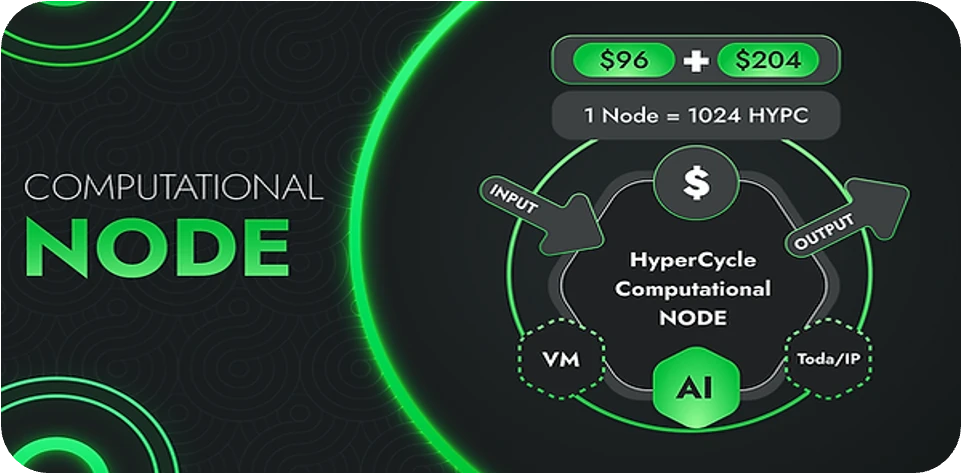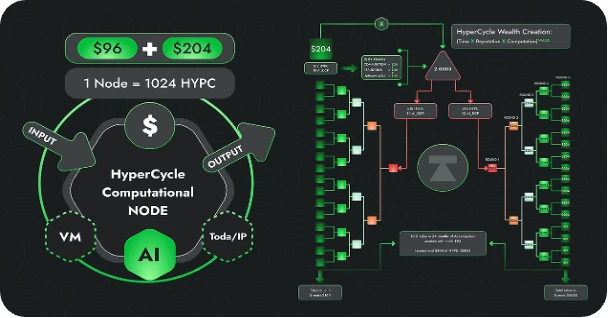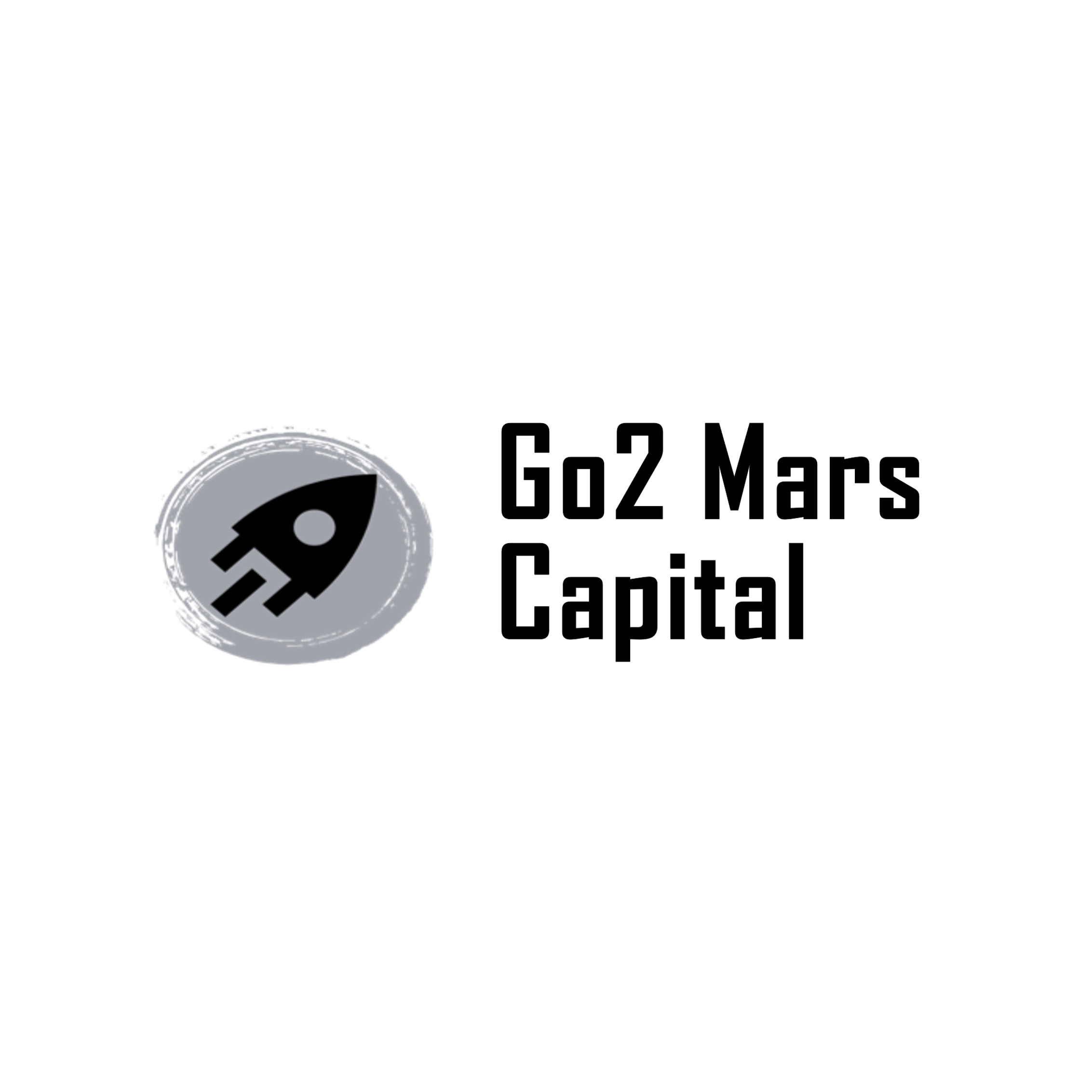The effect of quantitative change causing qualitative change has been verified over and over again in the AI algorithm model. In the transition process from GPT 1 to GPT 4, the real iterative lies in the change of parameter quantity, which makes GPT 4 produce a problem that is difficult for researchers. Interpretive intelligence. If our ambition is bigger, let GPT, BingChat, midjourney, and even Wenxinyiyan, etc., gather models of all sizes, it is no exaggeration to say that AI intelligence will rise to a whole new level in a short period of time .
This ambitious vision is called swarm AI, in which each AI model in the system will work together to solve complex problems. In laymans terms, we can popularly understand it as individual fighting alone and the overall cooperation of the team——Individuals working alone need to be responsible for all, while individuals working in teams are only responsible for parts.

Ideals are always plentiful, but reality is always skinny. It is tantamount to wishful thinking to make these technology companies turn their fights into friendships, make joint contributions to human development, and voluntarily share their core algorithms and databases.
first level title
HyperCycle Application Brief
It is unrealistic to coordinate this group of AI technology giants for AI technology collaboration through the assistance of organizations or other third-party organizations. We need a truly fair and just rule supervisor to maintain the order of the game. HyperCycle It is such a role.
As early as 1995, Ben Goertzel, the core founder of HyperCycle, as the chief AI scientist of SingularityAI, envisioned using the development dividend of the global Internet in the past to build a decentralized basic platform architecture for the global artificial intelligence network. However, due to the limitations of objective conditions such as network hardware, the overhead of working in a secure decentralized manner is very high, so this idea has always been just an idea.
Fast-forward to 2015, and Ethereum proposed the concept of smart contracts. Although strictly speaking, smart contracts are neither smart nor contracts, this kind of verification script is continuously set in the network nodes in advance. Through The idea of verifying and maintaining the overall network security in a decentralized way allows the founders to see a new way of thinking for the first time to verify this AI innovation experiment - making nodes intelligent.
If HyperCycle is described in a concrete form, it can be understood that it is a blockchain architecture that allows AI algorithms and data to be chained. It uses decentralized organizational design and more efficient data transmission and security technologies. , so that the AI algorithms of different projects can not only share the AI computing power, but also ensure that each AI algorithm can get the reward it should have after the algorithm operation.
To explain HyperCycle from a technical point of view, it can be described as a brand new blockchain architecture, which is assembled by TODA/IP and TODA framework, consensus and reputation mechanism, system supervision, smart contract, MeTTa, etc. HyperCycle can handle high-speed, large-scale on-chain agents and interactions, such as on-chain deployment of artificial intelligence algorithms based on crowd data training and interactive media driven by token economics.
first level title
TODA/IP Ledgerless Blockchain: Adapting Blockchain Transmission Efficiency to AI

In order to apply blockchain technology to AI, the core challenges are time cost and data transportation cost. In the traditional blockchain system, every time a transaction occurs, all nodes will receive all the transaction data, hash reference value and block header. This replication ledger recording mode leads to a linear increase in the recording efficiency and cost of the system .
In past model iterations, some projects have proposed a solution to fragmentation management, which divides block nodes into different fragments, and each fragment only records the transaction records it is responsible for. This sharding mode solves the efficiency problem to a certain extent, but it also increases the complexity of the system and further increases the operating cost of the system.
TODA/IP is a secure and efficient peer-to-peer network protocol based on cryptography, which allows each network data packet to have a unique global identifier, and at the same time belongs to a data structure that can ensure that the data packet belongs to a single signature public key .
TODA/IP is somewhat similar to the underlying principle of shard management, but it uses a more thorough decentralization method to keep the system light-weight and low-overhead—each local data block is responsible for managing its own historical information.
The core structure of TODA/IP is to link individual records with their own localized ledgers, which makes these records a semi-autonomous agent in a sense. During transactions or data transmission, individual nodes only need to communicate with themselves Ledger-related transactions, especially transactions involving disputes.
Given a record R owned by wallet A, this record can be sent to wallet B by generating a transaction request, which is signed by wallet A, then signed by B, and finally distributed and signed by a set of validators. A cycle of TODA/IP consists of a round of transaction requests followed by verification.
During such a transaction, the transaction verifier replaces the traditional ledger and provides four important functions for the entire transaction:
Determining the validity of the transaction (structural soundness and proof of correctness)
Prevent sending the same packet twice during this period
Consensus proofs to help establish transactions
Provide proof that A and B match
In order to cooperate with TODAs data structure, the file format transmitted between nodes has also been iterated accordingly. A TODA file is essentially a digital data file attached to the ledger of each file as metadata. The combination between a files internal data and its ledger allows a file to behave like a unique digital object (a kind of NFT, which can be understood as a bunch of keys that work together to open a lock, or part of a lock).
As transactions occur, each transaction involved results in a corresponding record being appended to the associated ledger for that file. These transaction records also contain other information, such as the addresses of other parties involved in the transaction.
first level title
POR (Proof of Reputation): Efficient and Fair Secondary Lubrication
Efficiency alone cannot support the operation of the entire swarm AI, and fairness is also a crucial part of the blockchain architecture. In HyperCycle, the system introduces a dynamic consensus mechanism, Proof of Reputation (POR), which is more suitable for AI algorithm systems than Pos and Pow mechanisms.

In the earliest blockchain system, the PoW (Proof of Work) mechanism was adopted, and each node must prove its participation by computing work to obtain corresponding rights and interests. However, the PoW mechanism consumes a lot of energy, so a lighter PoS mechanism has emerged: network nodes can obtain the right to confirm transactions by owning tokens without computational work.
Although PoS avoids the energy waste problem of PoW, it still continues the"The rich get richer and the poor get poorer"The Matthew effect, that is, consensus can only be provided by nodes with a large amount of data processing capacity or tokens. This winner-takes-all situation is obviously unfavorable for nodes that want a real win-win situation or small and medium-sized models that are willing to provide computing power for the entire swarm AI. For this reason, Proof of Reputation (PoR) came into being.
TODA had its own consensus mechanisms, which were also great, but layering a Proof of Reputation dynamic on top of them would increase efficiency and simplify things in many use-cases.
The core idea of PoR is to use the reputation score based on the weighted liquidity level as the consensus mechanism of the blockchain network. The amount of reputation of network nodes used by the PoR framework is determined over time and interaction.
The reputation amount of a single node is calculated comprehensively by mixing the normalized rating and the reputation value of the overall node, and it will change dynamically over time. This is not simply a rating value given directly by other nodes. The behavior of a single node will also affect its overall reputation value through the corresponding quantitative formula of the system.
On this basis, the PoR mechanism will determine a group of consensus nodes responsible for maintaining the heat sharing state according to the reputation value, and as time goes by, the reputation value between nodes will be continuously updated with the interaction. At the beginning of each round of PoR consensus mechanism, the community needs to select members of the consensus group and invite them into the corresponding consensus group, and the members of the consensus group will be selected from the nodes with the highest reputation value.
For example, when the collective reputation score exceeds 50% of the total reputation value of the network, a leader is elected from the group, whose function is:
Pack all valid transactions in the pending transaction list into a block
Use the transaction data in the transaction list to calculate the new reputation value generated by all network nodes
Broadcast and submit information to the consensus group
first level title
Lightweight ring: the finishing touch of mechanical innovation
In the overall architecture of HyperCycle, the most ingenious design is the lightweight ring mechanism.
According to the definition of the HyperCycle white paper, the nodes in the TODA/IP network can be identified as rings, and each ring is a specific set of records and is connected hierarchically. And a TODA/IP system can hold a set of rings, which we can call ring set. And a minimum node is the so-called lightweight ring.
first level title
MeTTa contract language: make contracts truly intelligent
A brand new AI blockchain architecture is now only the last step, which is how to migrate various AI algorithm models to the chain. The answer: a native smart contract MeTTa. The MeTTa (Meta Type Talk) language was developed in the context of the OpenCog Hyperon AGI project, and it has many excellent features that make it the core intelligence language of HyperCycle.
MeTTa has flexible underlying semantics, such as equivalence treatment for homogeneous configuration theories. AI project parties can directly call the system through the API interface to process various transactions, which means that redundant script operations will not be performed when processing TODA/IP messages or TODA data, thereby improving operating efficiency.
On the other hand, MeTTa is a metagraph-based rewriting language that represents data and code in a unified way, implementing higher-order functions and dynamic typing. MeTTa supports multi-paradigm programming, including functional, logical, object-oriented, and concurrent. MeTTa also provides a strong type system to ensure code correctness and safety.
More importantly, by using MeTTas compiler, the project party can compile the MeTTa source code into the source code of the rholang language originally developed on the Rchain blockchain. This enables MeTTa to achieve real intelligence with the powerful concurrency features of rholang. It is even possible to leverage tokenomics inside the MeTTa smart contract to manage the allocation of computing resources.
With their new scheme, every validator in a network doesn’t need to verify that a smart contract is being run correctly, only a judiciously chosen random subset.
With MeTTa, whether it is AI or other project parties, they can freely run relevant smart contracts on HyperCycle nodes, automatically manage resource allocation, outsource work to others, and actively promote cooperation between nodes to solve problems.
first level title
Summary
The combination of blockchain and AI can bring new value to business and society. Blockchain provides a secure and transparent database for storing encrypted data, while AI has the ability to simulate human thinking to solve problems. When used in combination, blockchain can increase the trust and transparency of the data resources used by AI models, and increase the speed of AI operations by connecting models to automated smart contracts.
In addition, the combination of blockchain and AI can also achieve a unified representation of data and code, thereby enabling high-order functions and dynamic types. This means AI can quickly and comprehensively read, understand and correlate data, bringing new intelligence to blockchain-based business networks. By using the blockchain to store and distribute AI models, it can also provide audit trails and leverage tokenomics to manage the allocation of computing resources.
first level title
refer to
https://wiki.opencog.org/w/File:A_Formalization_of_Hyperon_MeTTa_language_in_terms_of_metagraph_rewriting.pdf
https://wiki.opencog.org/wikihome/images/1/1 e/Basic_Atomese_Features_required.pdf
https://medium.com/singularitynet/hypercycle-the-journey-to-a-fully-ai-capable-blockchain-9d2b7431cfa1
https://medium.com/singularitydao/singularitydao-launchpad-hypercycle-token-generation-event-9eeeea17f0ce
https://medium.com/singularitynet/hypercycle-a-convergence-of-radical-technologies-c59aeb83ab3
Disclaimer: This article is for research information only and does not constitute any investment advice or recommendation. The project mechanism introduced in this article only represents the authors personal opinion, and has no interest in the author of this article or this platform. Blockchain and digital currency investments are subject to various uncertainties such as extremely high market risk, policy risk, and technical risk. The price of tokens in the secondary market fluctuates violently. Investors should make cautious decisions and independently bear investment risks. The author of this article or this platform is not responsible for any losses caused by investors using the information provided in this article.










